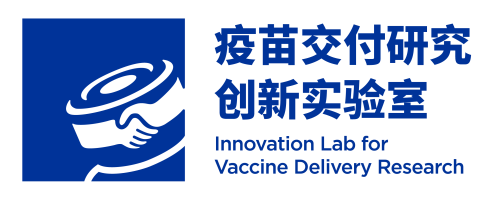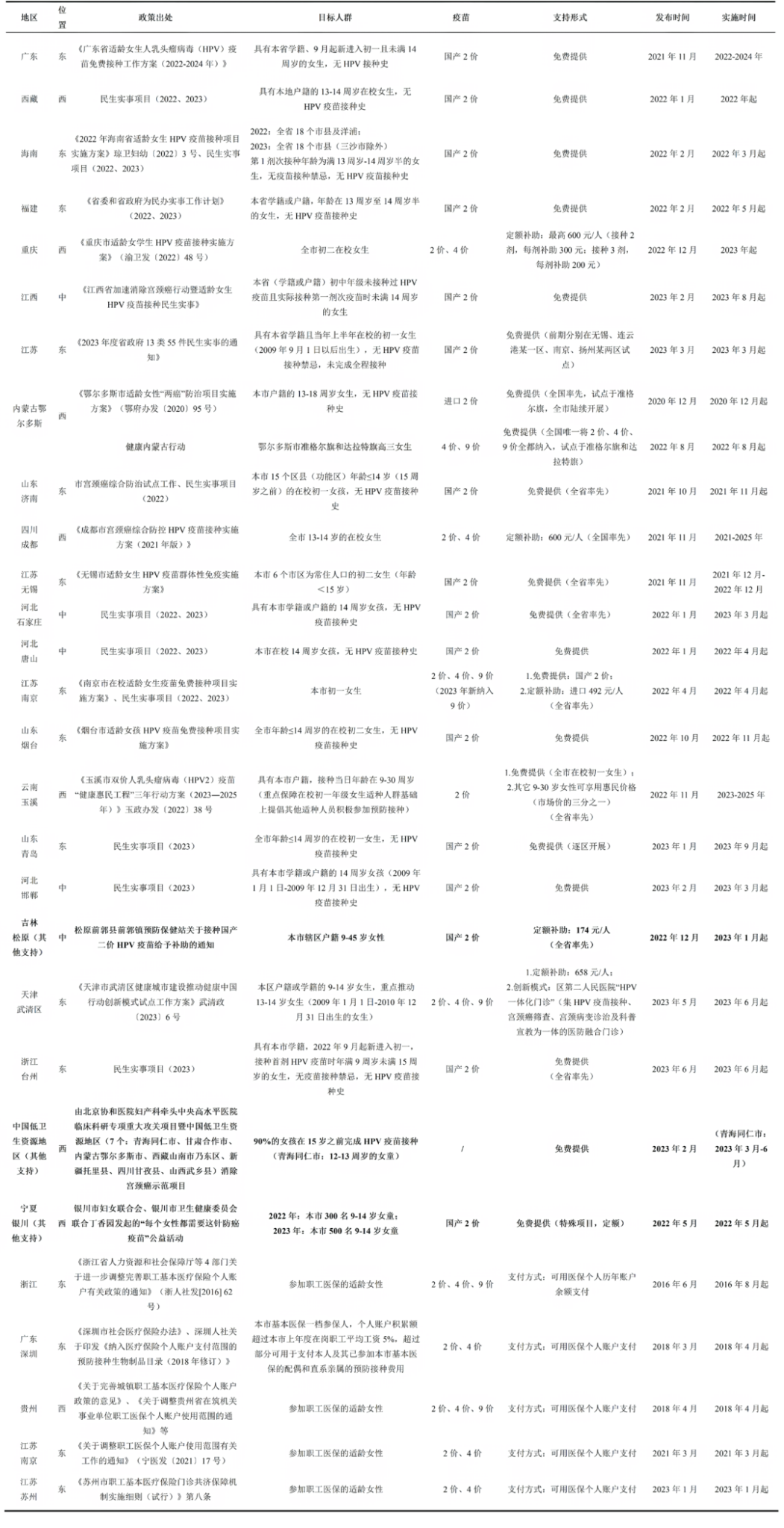Global/National Policy Updates
01
India includes its own HPV vaccine in the country’s immunization programme
Developed as a joint initiative between the Indian government and the Serum Institute of India (SII), the HPV vaccine Cervavac is the first vaccine manufactured in the country to receive approval from its drugs controller general. The vaccine will be available to the government for 300-400 rupees a dose, and will be included in the immunization programme, meaning it will be distributed for free to girls aged 9 to 14. The SII can currently manufacture 70 million doses of the vaccine annually, but aims to at least double that by 2026 and export to African countries, the Indian subcontinent, and South America.
02
Vaccine Alliance outlines path to improve HPV vaccine market
Gavi, the Vaccine Alliance, published a new market shaping roadmap for HPV vaccines. overall HPV vaccine supply is expected to increase, and demand could be met in 2025. With an increase in the number of suppliers and the WHO SAGE one-dose recommendation, Gavi is urgently acting on these opportunities, collaborating with partners and countries to scale up access, while equally driving efforts to ensure there is a sustainable supply of HPV vaccines.
https://www.gavi.org/news/media-room/vaccine-alliance-outlines-path-improve-hpv-vaccine-market
03
37 countries have reported switching or intent to switch to a one-dose regimen
At the first-ever Global Cervical Cancer Elimination Forum: Advancing the Call to Action, Governments, donors, multilateral institutions, and partners announced major new policy, programmatic and financial commitments, including nearly US$ 600 million in new funding, to eliminate cervical cancer. The WHO’s 2022 global recommendation for one-dose HPV vaccine schedules significantly reduced barriers to scaling up vaccination programs. To date, 37 countries have reported switching or intent to switch to a one-dose regimen.
04
First RSV Vaccine for young children applied for import in China
The import application for Sanofi Pasteur’s Live-attenuated RSV Vaccine was accepted by the National Medical Products Administration (NMPA) in China on March 8, 2024. It is the first vaccine specifically designed to protect young children from the second RSV season onwards. Previously, Beyfortus (nirsevimab), the long-acting monoclonal antibody, is only used for the prevention of RSV lower respiratory tract infection (LRTI) in neonates and infants entering or during their first RSV season. (Source: China Preventive Medicine Association)
Journal Content Recommendation
05
Impact of COVID-19 Pandemic on Routine Childhood Immunization Programs in Indonesia: Taking Rural and Urban Area into Account
This study aims to assess the impact of the COVID-19 pandemic on childhood immunization programs in Indonesia. The results indicate fluctuations in vaccine coverage over the three years, with the most significant impact observed in 2020, particularly in rural areas. There is a significant difference in routine immunization coverage, drop-out rates, and vaccinator ratios between rural and urban areas from 2019 to 2021. In 2021, both rural and urban areas displayed significant differences in performance parameters for routine immunization and COVID-19 vaccination, except in terms of coverage for IPV and COVID-19 vaccination.
https://doi.org/10.2147/ppa.s448901
06
CDC study shows nirsevimab is 90% effective in preventing infants from being hospitalized with RSV
The study showed that nirsevimab was 90% effective at preventing RSV-associated hospitalization in infants during their first RSV season. This finding supports CDC’s recommendation to protect infants in their first RSV season by giving the infant nirsevimab if the mother did not receive the maternal RSV vaccine during pregnancy.
https://www.cdc.gov/media/releases/2024/s0307-rsv-immunization.html
07
Vaccination patterns and up-to-date status of U.S. children 19-35 months, 2011-2021
From 2011 to 2021, adherence to the recommended schedule using the stringent definition increased from 35.7 % to 52.2 %, adherence to the alternate schedule decreased from 28.2 % to 15.1 %, and proportion of children who were not up-to-date decreased from 49.0 % to 33.3 % in the United States. However, the proportion of children who had zero vaccinations did not change from 2011 (0.9 %) to 2021 (0.9 %). While there were overall increases in adherence to the recommended schedule from 2011 to 2021, a sustained catch-up program is needed to prevent missed vaccinations and achieve equitable vaccination coverage for all children.
https://doi.org/10.1016/j.vaccine.2024.01.096
08
Improving Vaccine Assessment Pathways and Decision Making in the Polish Immunization Program
Poland is a late adopter of new vaccines. The country faces budget constraints and lacks a formalized framework for the inclusion of vaccines into the national immunization program. This study recommends the establishment of a robust NITAG with enhanced resources, incorporating fiscal analyses, transparent resource allocation, and strategic planning for immunization program development. Addressing these recommendations is crucial for optimizing Poland’s vaccine market access pathway, ensuring timely and efficient population-wide vaccine access.
https://doi.org/10.3390/vaccines12030286
Content Editor: Tianyi Deng
Page Editor: Jiaqi Zu/Ziqi Liu





